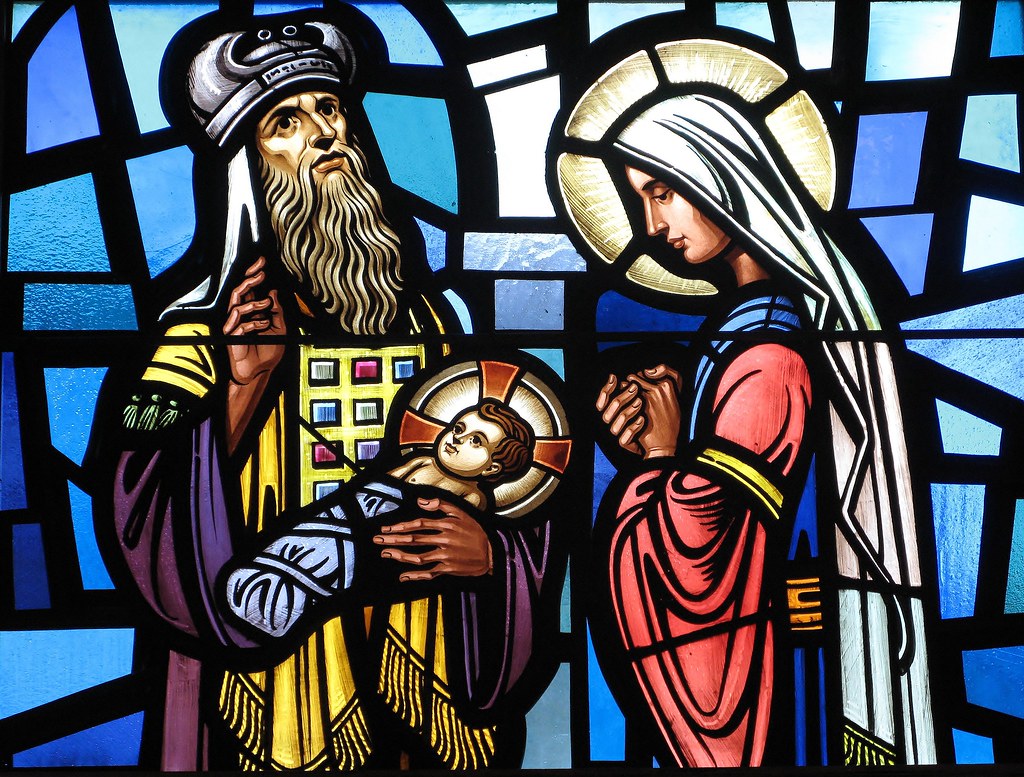 John 1:1-5 "In the beginning was the Word, and the Word was with God, and the Word was God. 2 He was in the beginning with God. 3 All things came into being through Him, and apart from Him nothing came into being that has come into being. 4 In Him was life, and the life was the Light of men. 5 The Light shines in the darkness, and the darkness did not comprehend it."
John 1:1-5 "In the beginning was the Word, and the Word was with God, and the Word was God. 2 He was in the beginning with God. 3 All things came into being through Him, and apart from Him nothing came into being that has come into being. 4 In Him was life, and the life was the Light of men. 5 The Light shines in the darkness, and the darkness did not comprehend it."
Introduction:
These last few Sundays have been devoted to offering reflections upon the season known on the Christian calendar as "Advent". Advent is a word which means "coming" or "arrival". For the reader's convenience, I have included links to the last three Advent Sunday related posts:
1.http://www.growingchristianresources.com/2016/11/celebrating-first-sunday-of-advent-some.html
2. http://www.growingchristianresources.com/2016/12/some-thoughts-on-second-sunday-of-advent.html
Each Sunday of Advent aims to prepare people to celebrate and to reflect on Christ's first "advent" or "coming". The first Sunday of Advent emphasized the theme of "hope"; the second, "faith" and the third "joy". This fourth Sunday of Advent centers around the theme of "peace". These various themes of course inform the lighting of what are called "Advent candles". At our church we have been lighting the Advent Candles and have followed up such events with a brief reading of scripture. Whenever we think of "peace", we think of how Christ came into our world to bring about and provide Himself as the embodiment of peace with God.
In the opening passage of today's post, we find reference to Christ as He was in eternity. Jesus Christ was and ever remained God. When He came into this world, He brought unto His Person a truly human nature through the virgin birth conception. The uniting of true humanity and true Deity in one Person signaled the essence of His mission: to make definite the meeting place within Himself for the bringing together of God and human beings who respond in faith to Him.
Such bringing together of God and man in One Person would be the pattern for the goal of salvation: reconciliation. To reconcile sinful man and Holy God results in peace. We read in Ephesians 2:13-18 "But now in Christ Jesus you who formerly were far off have been brought near by the blood of Christ. 14 For He Himself is our peace, who made both groups into one and broke down the barrier of the dividing wall, 15 by abolishing in His flesh the enmity, which is the Law of commandments contained in ordinances, so that in Himself He might make the two into one new man, thus establishing peace, 16 and might reconcile them both in one body to God through the cross, by it having put to death the enmity. 17 And He came and preached peace to you who were far away, and peace to those who were near; 18 for through Him we both have our access in one Spirit to the Father." Consider Romans 5:1-5, which speaks more poignantly about this peace applied to the sinner at saving faith: "Therefore, having been justified by faith, we have peace with God through our Lord Jesus Christ, 2 through whom also we have obtained our introduction by faith into this grace in which we stand; and we exult in hope of the glory of God. 3 And not only this, but we also exult in our tribulations, knowing that tribulation brings about perseverance; 4 and perseverance, proven character; and proven character, hope; 5 and hope does not disappoint, because the love of God has been poured out within our hearts through the Holy Spirit who was given to us."
Closing thoughts
Years ago there used to be bumper-stickers that read: "No Jesus, No Peace / Know Jesus, Know Peace". This play on words captures the heart of what this fourth Sunday in Advent is all about. Since Jesus came into our world over 2,000 years ago, there has been available to all who trust in Him by faith the resource for hope, faith, joy and peace. May we look to Jesus and pray for His Second Advent. He is our hope. He is our faith. He is our joy. He is our peace.



.jpg)


